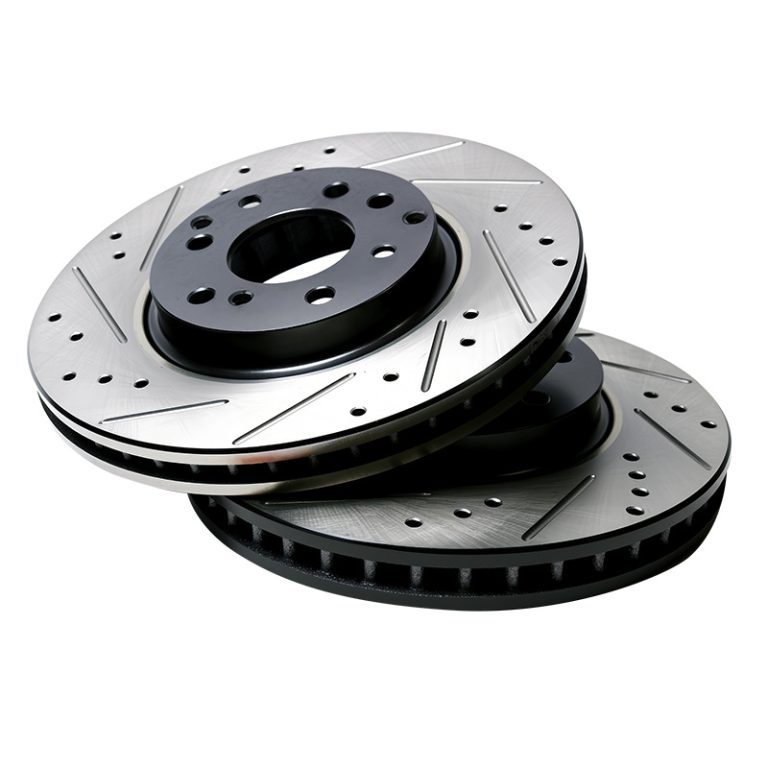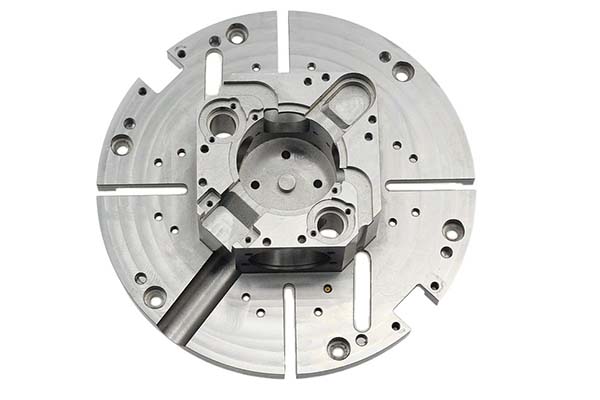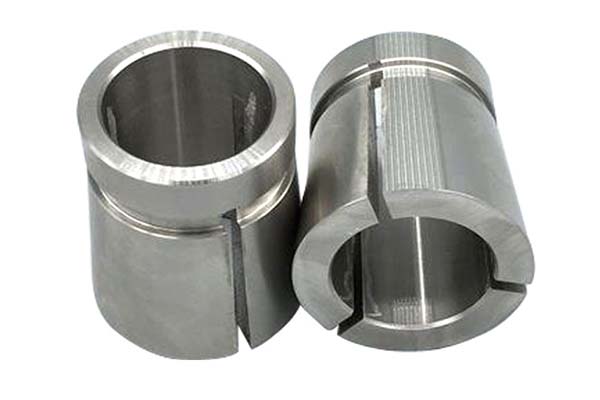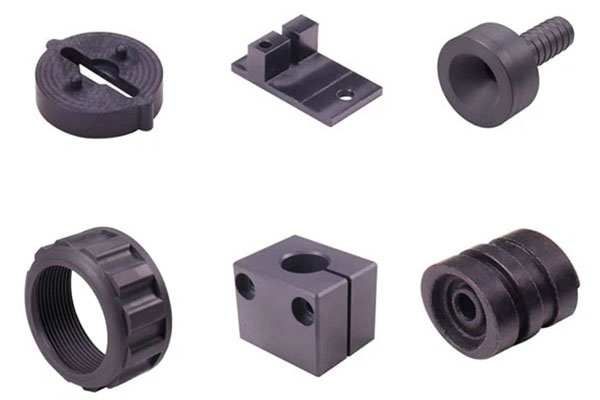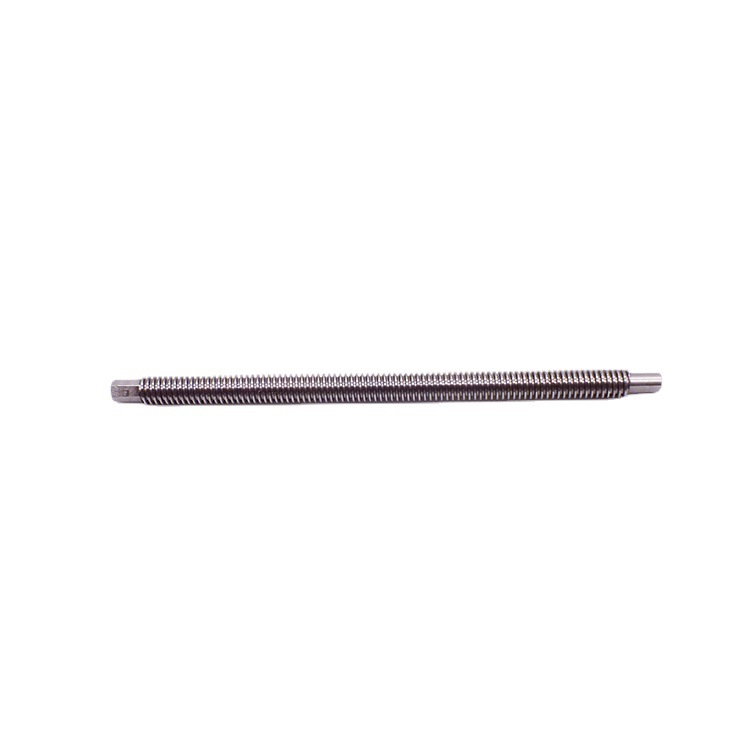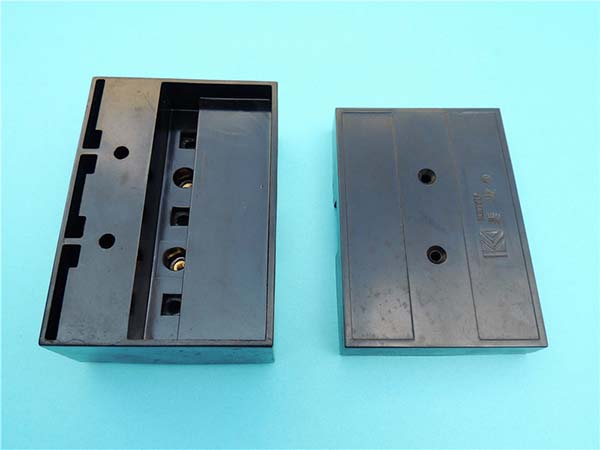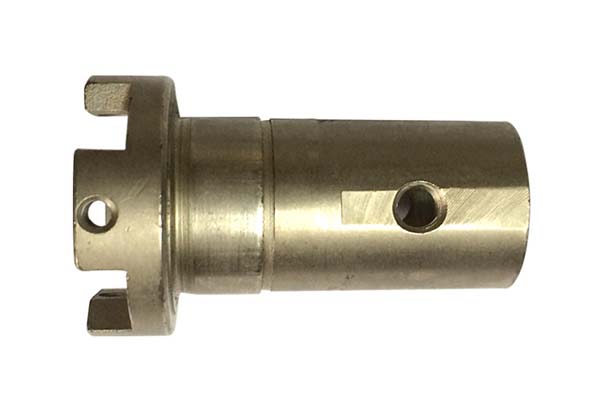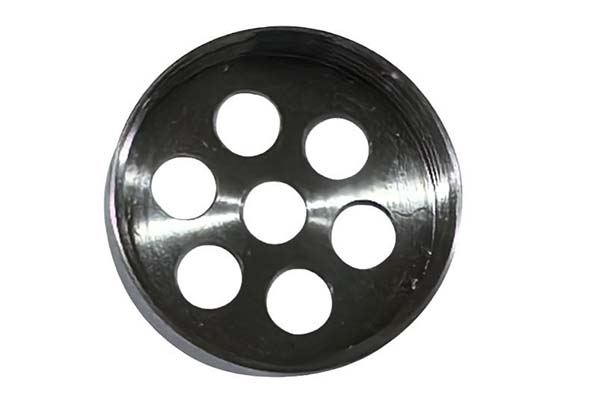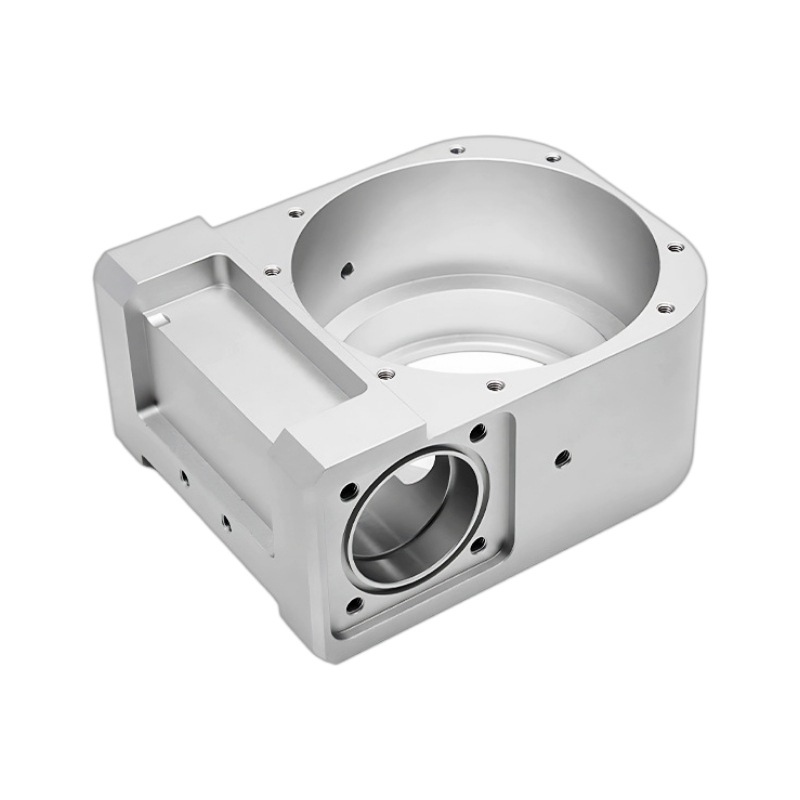Imagine finishing a batch of acrylic parts only to notice a haze from poor ventilation—rendering them unfit for optical use. Or worse, a worker developing respiratory issues from inhaling ABS dust. These aren’t just operational headaches: a 2024 OSHA report found 38% of plastic machining shops violate respiratory protection standards, while improper waste disposal costs manufacturers $2.3 billion annually in fines. Turning plastic demands more than precision—it requires balancing quality, safety, and sustainability. From nailing surface finish on polycarbonate to managing PTFE dust, this guide covers every aspect of successful plastic turning, including critical safety protocols and environmental best practices.
Material Characteristics: Knowing Your Plastics
Each plastic’s unique properties dictate machining strategies:
- Acrylic: Brittle with a 160°C melting point. Its low thermal conductivity traps heat, making spindle speed critical. Sharp tools prevent chipping, a top issue in 62% of acrylic jobs.
- Polycarbonate: Impact-resistant but prone to built-up edge (BUE). Its R118 hardness requires tools with 10–15° rake angles to reduce friction.
- ABS: Easy to machine but releases toxic fumes when overheated. Its 105–120°C melting point demands strict heat management.
- Nylon: Absorbs 2–8% moisture, expanding dimensions by 0.2–0.5%. Dry before machining to maintain tolerance (±0.02mm).
- PTFE (Teflon): Slippery and heat-resistant (327°C) but soft (D50 hardness), making chucking a challenge.
| Plastic | Key Machining Trait | Safety Note |
| Acrylic | Prone to chipping | Low toxicity dust |
| Polycarbonate | BUE formation | Irritating dust |
| ABS | Heat-sensitive | Releases styrene fumes |
| Nylon | Moisture-absorbent | Minimal fume risk |
| PTFE | Slippery, soft | Toxic fumes when overheated |
Turning Processes: Techniques for Clean Cuts
Adapting processes to plastic’s properties prevents defects:
- Rough turning: Use higher feeds (0.15–0.25 mm/rev) for ABS to minimize heat. A 50mm part runs best at 2,500 RPM.
- Finish turning: For acrylic, slow feeds (0.05–0.1 mm/rev) with PCD tools achieve Ra 0.02μm finishes—ideal for lenses.
- Thread cutting: Nylon needs 60° threads with 0.5mm pitch to avoid stripping. Use mineral oil lubricant to reduce friction.
- Taper turning: Polycarbonate requires steady feeds (0.1 mm/rev) to prevent chatter. A 1° taper on a 100mm part needs 0.017mm/rev tool movement.
CNC turning reduces variability by 30% vs. manual methods, critical for medical device components requiring ±0.01mm tolerances.
Tool Selection: Matching Tools to Plastics
The right tools prevent melting, tearing, and wear:
- Carbide inserts: Uncoated for ABS and polycarbonate—coatings cause adhesion. 10° positive rake reduces cutting forces.
- HSS tools: Best for low-volume PTFE jobs. Stay sharp 2x longer than carbide when cutting glass-filled plastics.
- Diamond tools: PCD tools last 15x longer on acrylic, justifying their $500+ cost for high-volume runs.
- Tool geometry: 12° relief angles prevent rubbing. Rounded noses (0.4mm radius) on nylon tools minimize tearing.
Tool life averages 500+ parts for ABS vs. 300 for glass-filled nylons—check for wear every 100 parts.
Machine Setup: Optimizing for Plastic
Proper setup prevents 70% of common defects:
- Chucking: Soft rubber jaws for acrylic prevent marring. Collets reduce thin-walled polycarbonate distortion by 60%.
- Spindle speed: 3,000 RPM for 50mm PTFE (high speed reduces dwell time), 2,000 RPM for thick nylon.
- Coolant use: Air blast for acrylic (prevents staining), mineral oil for nylon (avoids swelling).
- Fixtures: 3D-printed plastic fixtures reduce electrical component vibration by 50% vs. metal fixtures.
Workholding devices must apply 20% less pressure than for metal—over-tightening PTFE causes 0.5mm+ deformation.
Quality and Surface Finish: Meeting Standards
Plastic parts demand both precision and aesthetics:
- Surface finish: Acrylic needs Ra <0.1μm for optical use; ABS accepts Ra 0.8μm for housings.
- Tolerance control: Polycarbonate holds ±0.02mm at 20°C but expands 0.001mm/mm per 10°C temperature rise.
- Defect solutions:
- Burns: Reduce RPM by 500 or increase feed by 0.05 mm/rev.
- Chatter: Add mass to fixtures or reduce speed by 1,000 RPM.
- Chipping: Sharpen tools to 60° edge angle and reduce feed to 0.05 mm/rev.
CMM inspection ensures medical parts meet ISO 13485 standards—100% inspection for Class III devices.
Applications: Where Turned Plastics Excel
Turned plastic parts drive innovation across industries:
- Medical: PTFE seals (chemical resistance) and nylon surgical instrument components (biocompatible).
- Automotive: ABS sensor housings (±0.05mm tolerance) and polycarbonate light guides.
- Electronics: Acrylic insulators (Ra 0.2μm for high-voltage use) and nylon terminal blocks.
- Consumer goods: Acrylic knobs and polycarbonate lens covers requiring cosmetic finishes.
Custom manufacturing uses turning for prototypes, cutting lead time from 2 weeks (injection molding) to 2 days.
Safety and Environmental Considerations: Protecting Workers and Planet
Neglecting these risks costs $15k+ in fines annually:
- Safety protocols: Mandatory respirators (N95 for ABS dust, P100 for PTFE fumes) reduce exposure by 99%.
- Ventilation: HEPA-filtered systems remove 99.97% of 0.3μm plastic particles—critical for acrylic and PTFE machining.
- Waste management: 70% of plastic scrap is recyclable. Partner with ISO 14001 recyclers to reclaim nylon and ABS.
- Chemical exposure: Styrene monitors (for ABS) should alarm at 50ppm—OSHA’s permissible exposure limit.
One shop reduced waste by 40% by regrinding acrylic scrap into 3D printer filament, generating $2k/month in extra revenue.
Yigu Technology’s Perspective
Yigu Technology prioritizes precision and safety in plastic turning. We use HEPA ventilation for ABS and PCD tools for acrylic to ensure quality. Our CNC lathes with air cooling prevent thermal defects, while strict SOPs for PPE protect workers. We recycle 90% of plastic scrap, aligning with global sustainability goals. Whether machining 10 or 10,000 parts, we balance accuracy, safety, and environmental responsibility to deliver superior results.
FAQ
- What PPE is required for turning PTFE?
P100 respirators, chemical-resistant gloves, and face shields—PTFE fumes (above 260°C) release toxic hydrofluoric acid.
- How to recycle turning plastic scrap?
Separate by type (keep nylon separate from ABS), remove metal contaminants, and work with recyclers specializing in engineering plastics.
- Can plastic turning be automated safely?
Yes—enclosed robotic cells with integrated dust collection reduce worker exposure by 95%. Add thermal sensors to detect overheating plastics.
